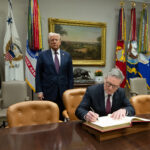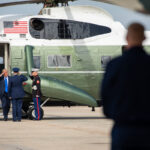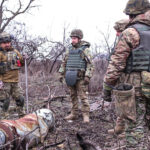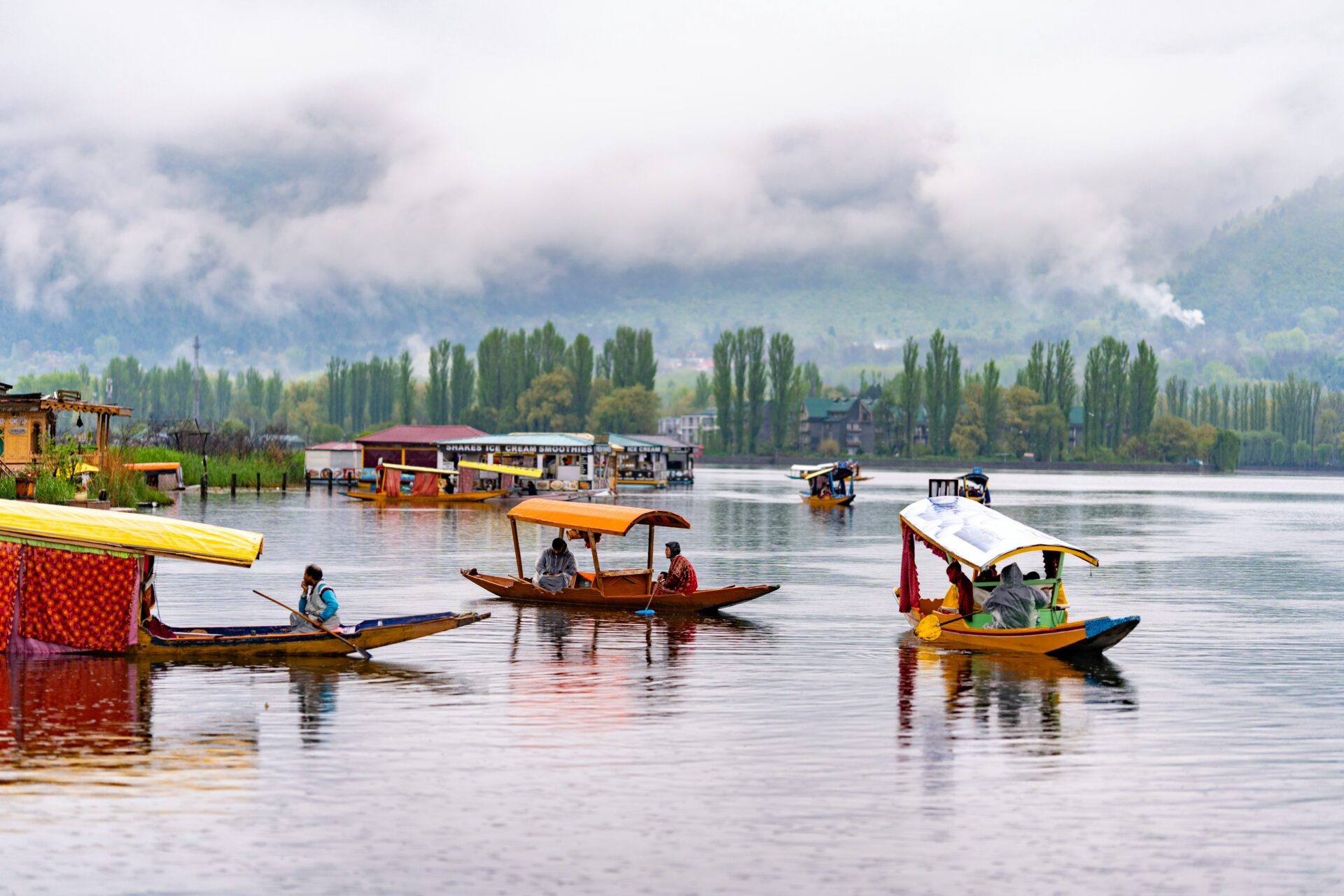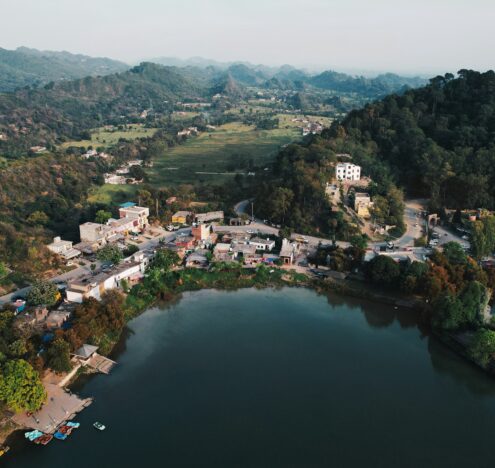The recent conflict between India and Pakistan dominated international attention throughout the start of May. Still, it is worth revisiting the deadly event that triggered this recent flare-up in South Asia.
On April 22, gunmen from the Pakistan-based terrorist group The Resistance Front (TRF) carried out a brutal attack in the picturesque, Himalayan town of Pahalgam in Jammu and Kashmir, killing more than two dozen civilians, all but one of whom were tourists. The militants reportedly separated people based on their religion and proceeded to shoot them in front of their families. This included a man on his honeymoon, with images going viral on social media showing his wife kneeling beside his lifeless body.
This was the deadliest attack TRF has conducted since its founding in 2019, and the assault disrupted what had been a fragile but significant period of calm in Jammu and Kashmir as well as in relations between India and Pakistan. Since then, tensions have reignited on the subcontinent, with Pakistan calling India’s retaliatory missile strikes an “act of war.”
Islamabad claimed it had nothing to do with the Kashmir attack. Yet, despite such remonstrations, Islamabad’s connection to TRF, its benefactor — Lashkar-e-Taiba (LeT) — and several other groups is undeniable and will continue to threaten peace between the two nuclear-armed nations until the Pakistani army finally severs its ties to terrorist entities.
*
TRF first emerged with the sole objective of fighting for the secession of Kashmir from India. Its establishment came in response to Narendra Modi’s BJP-led government abrogating Article 370 of the country’s constitution and in doing so revoking Jammu and Kashmir’s special status in India in early August 2019. Among other changes, the law extended land-owning rights and access to certain jobs to all Indians, not only those from the state.
In 2020, TRF and its leader, Sheikh Sajjad Gul, threatened that it would treat any Indian who came to Kashmir on these terms as an enemy combatant rather than a civilian. The group subsequently announced on Telegram its intentions to direct violence “towards those attempting to settle illegally” in Kashmir.
The Pahalgam attack marked a departure from recent attacks in Jammu and Kashmir, by indiscriminately targeting civilians, mostly tourists, rather than security forces. Still, given TRF’s unambiguous statements about whom it regards as legitimate targets, this comes as no surprise. Last October, the group targeted a construction site in Jammu and Kashmir’s Ganderbal district, killing six migrant laborers and a doctor. TRF, like many other terrorist groups operating in Jammu and Kashmir, cites alleged transgressions by the Indian government against the region’s population as justification for its actions. However, its targeting of civilians does little to garner support from the broader public.
Four years prior, the group carried out a targeted assassination of a jeweler who had obtained domicile status after living in the state for over 15 years. Ultimately, however, these previous attacks were inconsequential in comparison to the scale of killing involved in April’s attack, which caused the highest number of civilian casualties in Jammu and Kashmir for over two decades.
*
Pakistan insists that it doesn’t provide military support to armed groups in Jammu and Kashmir, but it’s hard to argue that TRF has any operational autonomy from the Lashkar-e-Taiba (LeT). Experts argue that LeT sanctions every attack TRF carries out, including April’s massacre at Pahalgam. Proof of this connection was implicit in Islamabad’s decision to reportedly increase security around LeT’s leader Hafiz Saeed, currently under house arrest in Pakistan, in anticipation of covert retribution from the Indian security apparatus following April’s attack.
Analysts have long accepted that Pakistan’s overbearing military establishment has nurtured and supported the LeT from its creation to its inclusion on the United Nations Security Council sanctions list and beyond. Just as TRF does not act without authorization from LeT, the same goes for LeT’s relationship with the Pakistani military intelligence wing, the Inter-Services Intelligence Directorate (ISI). With this in mind, TRF is not solely an offshoot of the LeT, but also a front to help provide even more distance between terrorist attacks conducted against India and the Pakistani state itself. TRF’s connection to LeT, and the latter’s ability to operate and recruit with impunity inside Pakistan therefore provides essential context to India’s military response to the Kashmir bloodshed in April.
At the start of May, India launched “Operation Sindoor,” vowing to destroy not only key bases of TRF and LeT as well as other terror groups operating inside Pakistan. The choice of name was significant: sindoor refers to the vermillion powder that Indian women apply to their hair as a visual marker of marriage. This symbolism recalled that searing image of a woman sitting beside her murdered husband.
*
In pursuing this complex network of irregular forces, India did not limit its strikes to Pakistan-administered Kashmir, with missiles hitting targets in Punjab as well. Although New Delhi insisted its strikes had avoided any formal military installations, Islamabad vehemently labeled the move as a “blatant act of war,” and vowed to retaliate. Pakistan also sought to spin a narrative that downplayed the country’s links to terrorist organizations, and vilified India for targeting civilians. Islamabad alleges that these strikes killed some 40 civilians, claims that New Delhi has denied and responded to with accusations that charge Pakistan with killing 15 Indian civilians with its own cross-border shelling.
In reality, India had set out to dismantle the terrorist infrastructure that had long operated within Pakistan’s borders. LeT and its TRF offshoot were expectedly the first groups on the hit list, however, New Delhi also took the opportunity to target compounds, training camps, and support facilities of other Pakistani-linked terror outfits, including Jaish-e-Mohammed (JeM) and Hizbul Mujahideen. All four groups have been responsible for several, multi-casualty attacks on Indian soil, as well as fostering links to transnational terrorist organisations, such as al-Qaeda. Having observed a tenuous ceasefire along the Line of Control since 2021, the Indian military took the opportunity to finally deliver decisive blows against groups that had otherwise been able to regroup in the absence of Indian military pressure.
News soon came out that one of the targets India hit, the Markaz Taiba Mosque in Muridke, Punjab, was revealed to be a hotbed for LeT supporters and foot soldiers, following an open source investigation carried out by Sky News. Elsewhere, further evidence suggests that senior terrorist leaders have embedded throughout Pakistan’s state and military infrastructure.
*
Following Indian military action on May 7, footage surfaced online of a funeral for those killed by the airstrikes. Leading the prayers was Hafiz Abdur Rauf, a member of LeT’s senior leadership since the late 1990s and a US-proscribed terrorist.
Rauf also, inexplicably, contested Pakistan’s most recent elections despite his designation. Further reporting by regional outlets has revealed that alongside Rauf were senior members of the Pakistani armed forces as well as members of the Punjab police and provincial government. These are damning optics for a country that adamantly denies allegations of collusion between its military and hardline militant groups.
Of the nine sites the Indian military struck, three were located in Punjab, far from Kashmir and deep in the heart of the country’s most populous province. Affiliates of LeT, such as TRF, are widely regarded to have operated out of a 200-acre headquarters in Muridke. The compound is also where the 2008 Mumbai attackers received their training and was one of the most fortified targets Indian forces hit.
*
It’s no surprise that a senior LeT member led a funeral for those killed in the strikes on Muridke. Elsewhere in the Punjab, the ideological and operational headquarters of JeM, Markaz Subhan Allah in Bahawalpur, was also destroyed, while the terror group’s leader, Masood Azhar announced that members of his family had been killed in Indian strikes that were no doubt intended to eliminate him. For India, severing the artery that links recruitment and training in Punjab to attacks carried out in Kashmir was just as important as targeting those directly responsible for April’s attack.
Following diplomatic intervention from the US, India and Pakistan finally reached a ceasefire agreement on 10 May. Whilst this development will bring an end to the fighting for now, the reality is that tensions will continue to simmer beneath the surface so long as Pakistan retains its links to terrorist organizations. The Director General of the Inter-Services Public Relations — the public face of Pakistan’s armed forces — personifies the enduring terror-military link in Pakistan, as the son of a nuclear scientist who once attempted to provide Osama bin Laden with nuclear weapons technology.
As long as this dynamic remains the reality in Pakistan, truces between New Delhi and Islamabad will only ever be temporary. On May 12, Modi himself declared India’s recent, targeted military operations as the “new normal” in his country’s continued fight against cross-border terrorism. If India now faces another attack in Kashmir in the near future, tensions are likely to escalate just as dramatically as they did this past month, if not more so.


